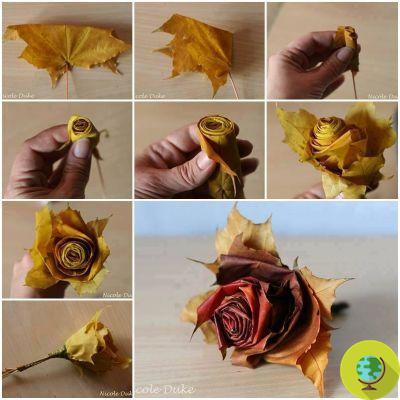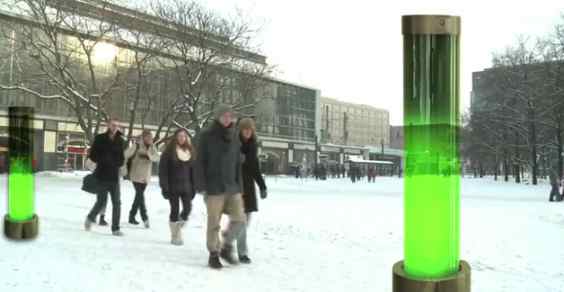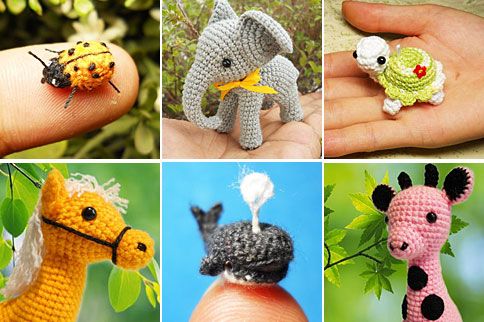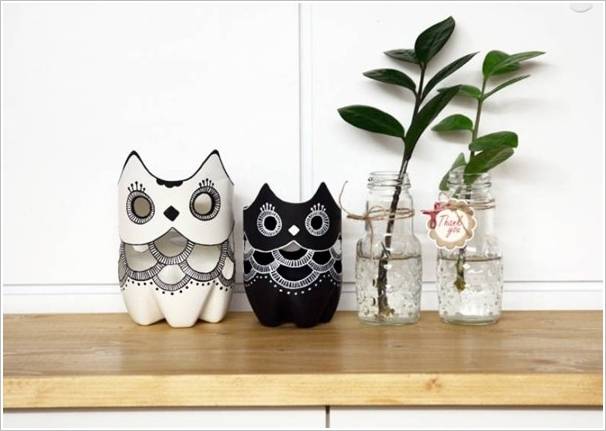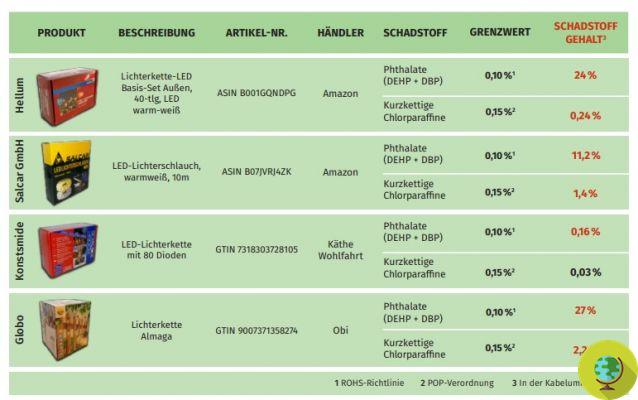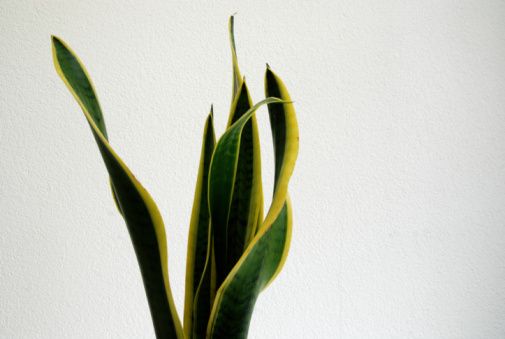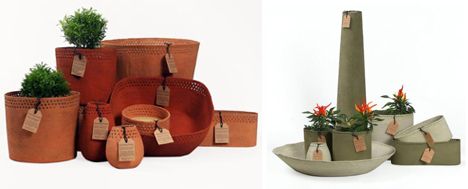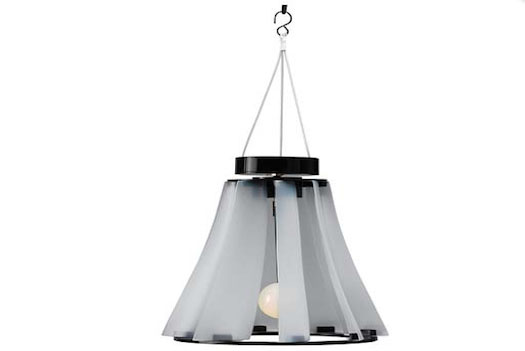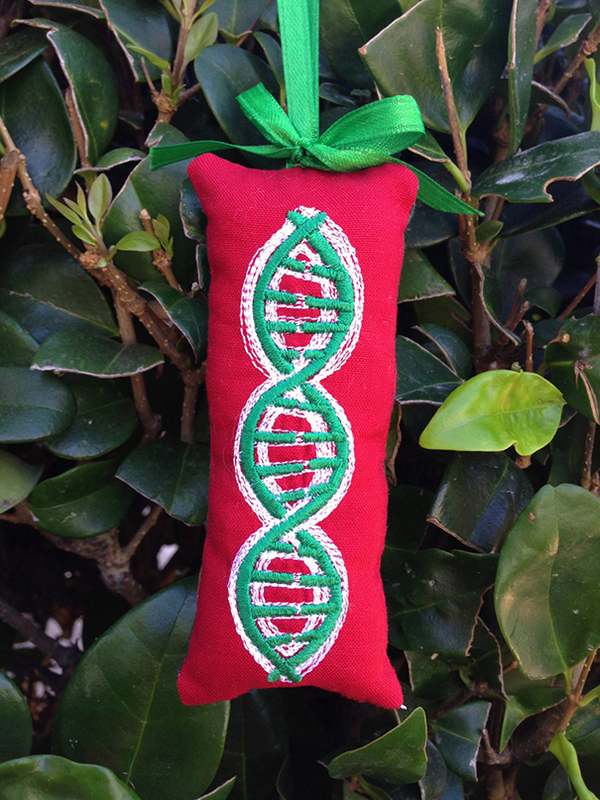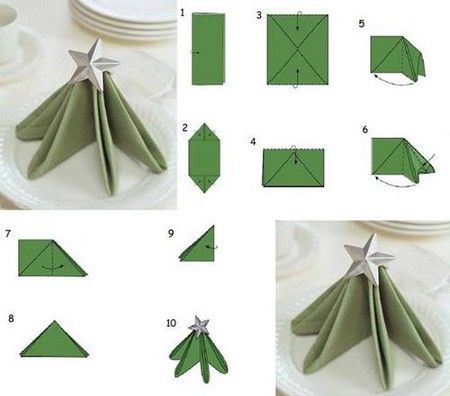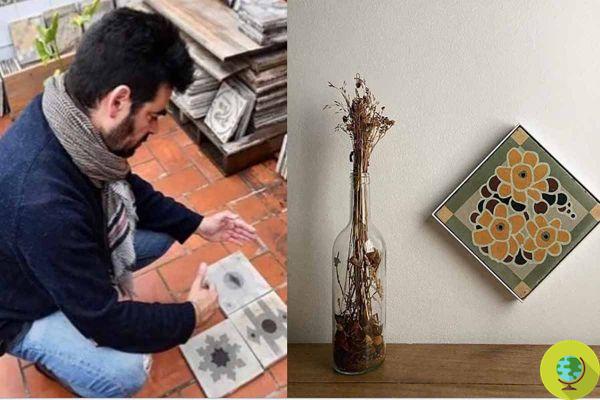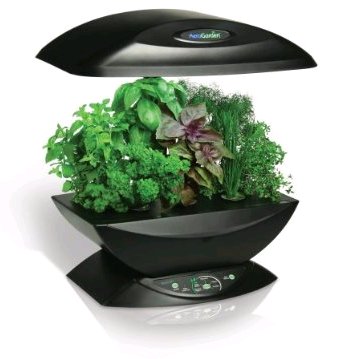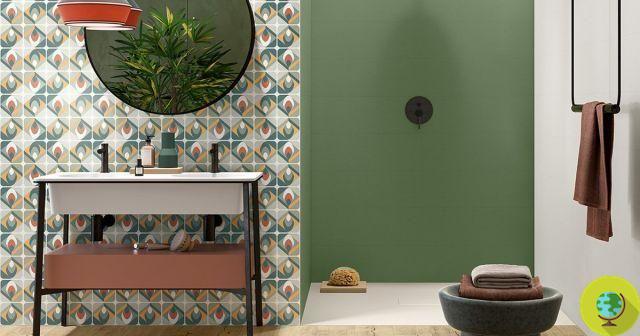
It dates back to the mists of time, is very resistant to wear and is composed of natural materials that reinforce its green aura. Are these elements enough to guarantee the sustainability of the ceramic?
He is about to end up run over, his mother saves himThey will be his 12.000 years, the warm tones of natural processing or the close link with the world of local craftsmanship to dye the commercial image linked to ceramic products green? Vases, figurines, tiles that take shape directly from clay, sand, quartz and other natural components which, together, are transformed into a malleable paste to be modeled at will.
All this makes us think that the ceramic is 100% environmentally friendly. And unfounded, why shouldn't it be? It dates back to the mists of time, is very resistant to wear and is composed of natural materials that reinforce its green aura. But are these elements enough to guarantee its sustainability?
The companies on the market leverage precisely on these points, but the reality is slightly different. Let's try to understand together how good ceramic is with the environment and how recognize the best one on the market.
First of all, what is ceramic?
The formal definition that you will find in any dictionary quotes: "Mixture of clay plastic material, clay, clay or kaolin, and water, modeled, dried and fired in a special oven, used for the manufacture of porcelain, earthenware, majolica and the like".
Ceramic is therefore a process that can give different results ranging from majolica, To stoneware and by chinaware to the most common terracotta. In this process it is important to consider two aspects that have an impact on the environment:
- the energy needed for the cooking phase;
- the application of enamels for finishing.
Le two operations are not always eco-friendly. The energy used by the furnaces to bake the dough is very high, the cooking process almost always exceeds 1000 ° C and can last for many hours. There terracotta, for example, requires several firing stages ranging from 960 to 1030 ° C, High-Tech ceramic ranges from 1400 to 1700 ° C with the addition of kaolin and alumina.
The latest technological developments in the furnace sector have led to the design of biomass and solar systems. In this way it is possible to overcome the problem of the enormous energy expenditure from fossil sources required for the production of ceramics. Companies that use these special green furnaces are to be rewarded.
La enamellingon the other hand, it guarantees the product a high resistance over time since it protects the piece from wear, facilitates cleaning and maintenance but you have to pay close attention to the type of enamel used. Make sure it is truly natural by avoiding, for example, lead glazes.
La ceramic is a very difficult material to recycle and therefore it should be taken to ecological islands or thrown in non-recyclable waste. For the more willing, however, Simon Leach, a nice English potter, gives gods directly from his laboratory useful tips to try their hand at recovery of ceramics.
Energy, finishing and disposal are the three elements that a careful consumer should keep under control. We can conclude that is ceramic green?
It all depends on the seriousness of the company. Certainly a simple and immediate way to understand if we are making a good purchase comes from certification. LEED (Leadership in Energy and Environmental Design), ANAB (National Association for bio-ecological architecture) and ECOLABEL certify compliance with the international standards required by green building by certifying the low environmental impact of the product. Their presence will be a guarantee of sustainability.





